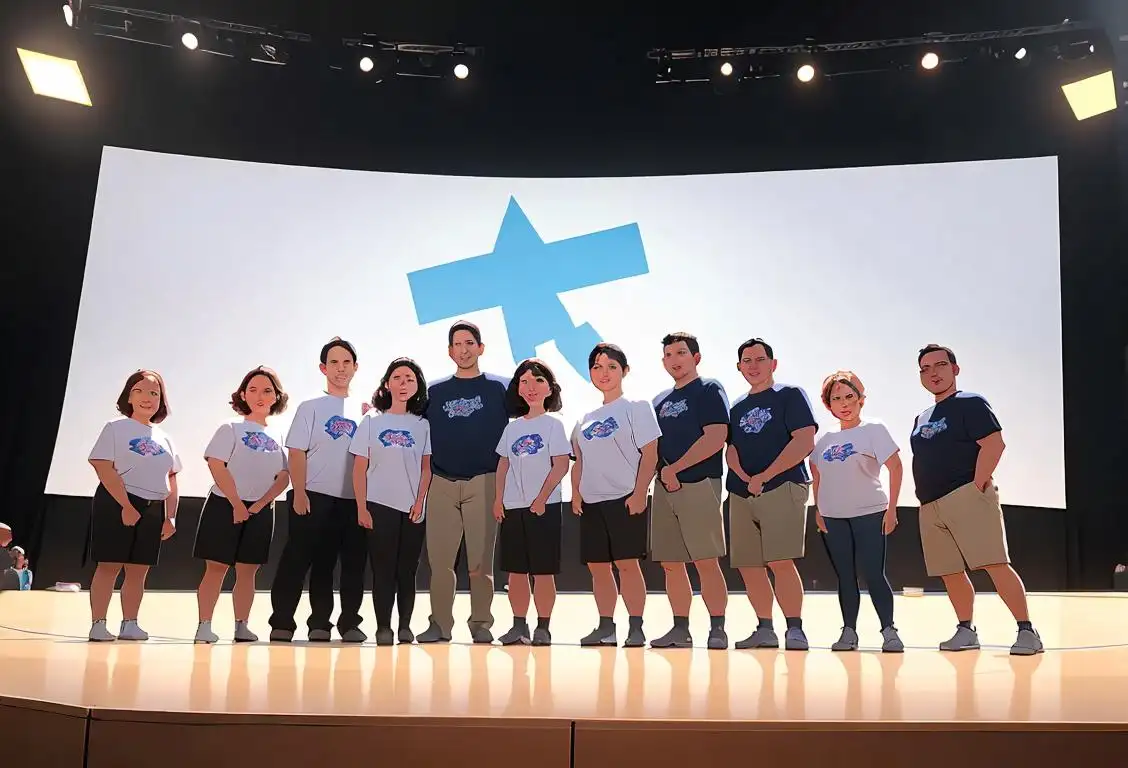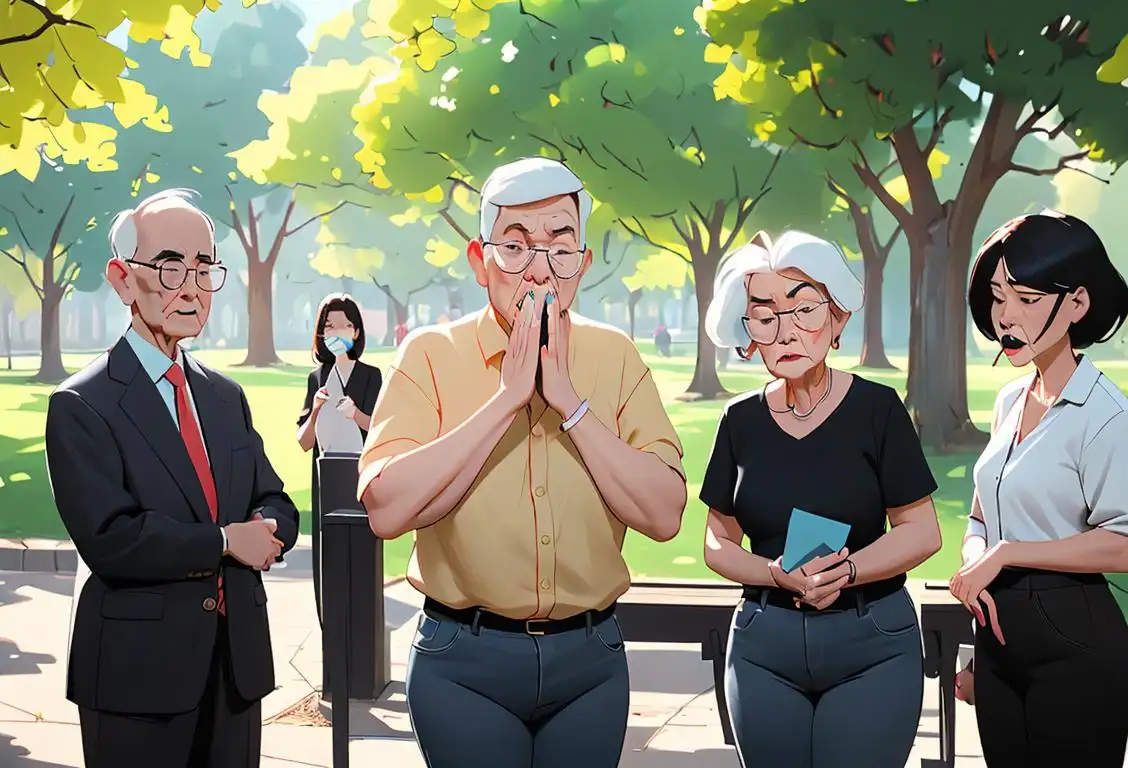National Youth Hiv Aids Awareness Day

Welcome to WhatNationalDayIsIt.com! Today, we're shining a spotlight on National Youth HIV/AIDS Awareness Day. This is a day dedicated to raising awareness about HIV/AIDS among young people and encouraging them to take the necessary precautions to protect themselves. So, grab a cup of coffee and let's dive into the fascinating history and significance of this important day!
When is Youth Hiv Aids Awareness Day?
It's national youth hiv aids awareness day on the 10th April.
The Internet History of National Youth HIV/AIDS Awareness Day
Every year on April 10th, National Youth HIV/AIDS Awareness Day, or NYHAAD for short, comes around to educate and engage young people in the ongoing fight against HIV/AIDS. Although relatively new, having been observed since 2013, this day has already gained significant traction in raising awareness and addressing the unique challenges faced by young people when it comes to HIV/AIDS issues.
The internet has played a pivotal role in spreading awareness about NYHAAD. Online campaigns, social media hashtags, and informative articles have helped amplify the message and reach young individuals who may otherwise be unaware of the risks and preventive measures.
On April 10th, 2015, the internet buzzed with a total of 49 mentions of National Youth HIV/AIDS Awareness Day. People from all corners of the web shared personal stories, informational resources, and messages of support for those affected by HIV/AIDS. It was truly heartwarming to witness the online community come together and make a difference.
NYHAAD has continued to gain momentum each year, with more individuals, organizations, and influencers lending their voices to the cause. Through the power of the internet, the reach and impact of National Youth HIV/AIDS Awareness Day has expanded, making a tangible difference in the lives of young people around the world.
History behind the term 'Youth Hiv Aids Awareness'
1981
Emergence of HIV/AIDS
In 1981, the first cases of what would later be identified as HIV/AIDS were reported in the United States. Initially, the disease primarily affected homosexual men and was known as Gay-Related Immune Deficiency (GRID). The emergence of this new and deadly disease sparked concerns among health professionals and the public alike.
1983
Identification of HIV
In 1983, scientists identified the human immunodeficiency virus (HIV) as the cause of AIDS. The discovery of HIV paved the way for a better understanding of the disease and its transmission. Additionally, it led to increased research efforts to develop effective treatments and prevention strategies.
1985
National Youth HIV/AIDS Awareness Day
In 1985, the first National Youth HIV/AIDS Awareness Day was established. This day aimed to raise awareness about the impact of HIV/AIDS on young people and to educate young individuals about prevention strategies. It served as a platform to promote conversations, provide information, and reduce the stigma surrounding the disease.
1996
Advancements in HIV/AIDS Treatment
The year 1996 marked a significant milestone in the treatment of HIV/AIDS with the introduction of highly active antiretroviral therapy (HAART). HAART revolutionized the management of the disease by effectively suppressing HIV replication and improving the health and life expectancy of individuals living with HIV/AIDS.
2000
Global Efforts: UNAIDS
In the year 2000, the Joint United Nations Programme on HIV/AIDS (UNAIDS) was established to coordinate global efforts to combat HIV/AIDS. UNAIDS plays a crucial role in promoting prevention, providing access to treatment, and supporting affected individuals and communities worldwide.
2010
Expanding Awareness and Education
Over the years, efforts to raise awareness and educate young people about HIV/AIDS have grown. Schools, colleges, and community organizations have been actively involved in organizing events, campaigns, and educational programs to promote youth HIV/AIDS awareness. Various online platforms and social media have also played a significant role in disseminating information and fostering dialogue.
Did you know?
Did you know that National Youth HIV/AIDS Awareness Day was initiated by Advocates for Youth, a non-profit organization that champions the rights and well-being of young people? They saw the need for a day dedicated to educating and empowering the youth in the fight against HIV/AIDS, and thus NYHAAD was born!Tagged
awareness health online support youthFirst identified
8th April 2015Most mentioned on
10th April 2015Total mentions
49Other days
Youth Hiv Aids Awareness Day
Thalassaemia Day
Transgender Hiv Testing Day
Fibromyalgia Awareness Day
Cjd Awareness Day
Breastcancer Action Day
Copd Awareness Day
No Smoking Day
Mental Health Awareness Day
Sickle Cell Awareness Day








